From the rhythmic tick of a grandfather clock to the turning of pages on a wall calendar, our lives are governed by the dual measurements of time. We perceive time both in its fleeting, granular moments – the seconds, minutes, and hours – and in its broader, cyclical patterns – the days, months, and years. But this seemingly intuitive division is the result of a long and fascinating history, a confluence of astronomical observation, technological innovation, and cultural necessity. This article delves into the curious kinship of clocks and calendars, tracing their parallel and intertwined evolution from ancient origins to the precision instruments we rely on today.
The Dawn of Timekeeping: Calendars and the Celestial Dance
The earliest forms of timekeeping weren’t about telling time, but about tracking it. Ancient civilizations, deeply connected to the agricultural cycle, needed to predict seasonal changes for planting and harvesting. This led to the development of calendars, initially based on observable celestial events. The sun, the moon, and the stars provided the first clocks, albeit on a grand, cosmic scale.
The earliest calendars were lunisolar, meaning they attempted to reconcile the lunar cycle (approximately 29.5 days) with the solar year (approximately 365.25 days). This was a significant challenge, as these cycles aren’t neatly divisible. The Babylonians, around the 6th century BCE, developed a sophisticated lunisolar calendar, employing intercalation – the addition of extra months – to keep it aligned with the seasons. Their system heavily influenced subsequent calendars in the region.
The Egyptians, meanwhile, developed a solar calendar, initially based on the annual flooding of the Nile. This calendar consisted of 365 days, divided into 12 months of 30 days each, with 5 extra days added at the end. While simpler than the Babylonian system, it lacked the accuracy needed for long-term agricultural planning. Later, the Egyptians attempted to refine their calendar, but it remained slightly off-kilter with the actual solar year, leading to a gradual drift over centuries.
The Mayan civilization, renowned for its advanced mathematics and astronomy, developed an incredibly complex calendar system. It involved multiple interlocking calendars, including the Tzolkin (a 260-day ritual calendar) and the Haab (a 365-day solar calendar). These calendars were combined in a larger 52-year cycle, and their intricate calculations demonstrate a remarkable understanding of astronomical phenomena. The Mayan Long Count calendar, often misinterpreted as predicting the end of the world in 2012, was a linear count of days since a mythological creation date.
The Rise of Mechanical Time: Clocks and the Quest for Precision
While calendars tracked the larger rhythms of time, the desire to measure shorter durations – hours, minutes, and seconds – spurred the development of clocks. The earliest clocks weren’t mechanical; they were water clocks (clepsydrae) and sundials. Water clocks, used in ancient Egypt and Babylon, measured time by the regulated flow of water. Sundials, relying on the shadow cast by the sun, were common in ancient Greece and Rome. However, both had limitations: water clocks were susceptible to temperature changes and required constant refilling, while sundials were useless at night or on cloudy days.
The invention of the mechanical clock in medieval Europe, around the 13th and 14th centuries, marked a pivotal moment in the history of timekeeping. These early clocks, driven by weights and regulated by a verge escapement, were large, complex, and primarily installed in towers of churches and monasteries. They weren’t designed for personal use, but rather to regulate the daily routines of communities and signal religious observances.
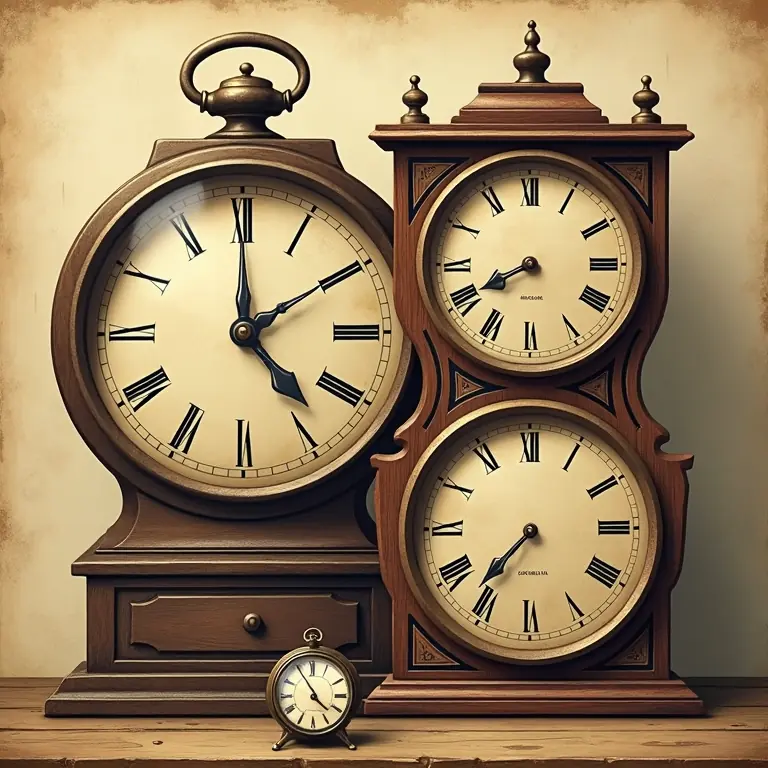
The development of the mainspring in the 15th century allowed for the creation of smaller, more portable clocks. This innovation freed clocks from the need for weights and paved the way for the development of domestic clocks. However, accuracy remained a significant challenge. Early mechanical clocks gained or lost several hours per day.
The 17th century witnessed a revolution in clockmaking, driven by the work of Christiaan Huygens and Robert Hooke. Huygens, in 1656, applied the principle of the pendulum to clock design, resulting in a significant increase in accuracy. The pendulum clock became the standard for precise timekeeping for centuries. Hooke, independently, also explored the use of pendulums in clocks.
Further refinements followed, including the invention of the anchor escapement and the use of temperature-compensated pendulums. The quest for even greater accuracy led to the development of the marine chronometer by John Harrison in the 18th century. This remarkable instrument, capable of maintaining accurate time at sea, was crucial for determining longitude, revolutionizing navigation, and facilitating global trade.
The Synchronization of Time: Standards and Global Networks
As clocks became more accurate, the discrepancies between them became more noticeable. The need for a standardized system of timekeeping became increasingly apparent, particularly with the advent of railroads and telegraphs in the 19th century. Before standardization, each city typically operated on its own “local solar time,” based on the sun’s position at that location. This created chaos for railway schedules and communication networks.
The adoption of standard time zones in the late 19th century, spearheaded by Sir Sandford Fleming, addressed this problem. Fleming proposed dividing the world into 24 time zones, each 15 degrees of longitude wide. This system, adopted internationally, ensured that locations within the same time zone shared the same standard time. Greenwich Mean Time (GMT), based on the time at the Royal Observatory in Greenwich, England, became the prime meridian and the basis for international timekeeping. Later, Coordinated Universal Time (UTC) replaced GMT as the primary time standard.
The 20th and 21st centuries have seen the development of increasingly precise timekeeping technologies. Quartz clocks, utilizing the vibrations of a quartz crystal, offer exceptional accuracy at a relatively low cost. Atomic clocks, the most accurate timekeeping devices known, use the resonant frequencies of atoms to measure time with incredible precision.
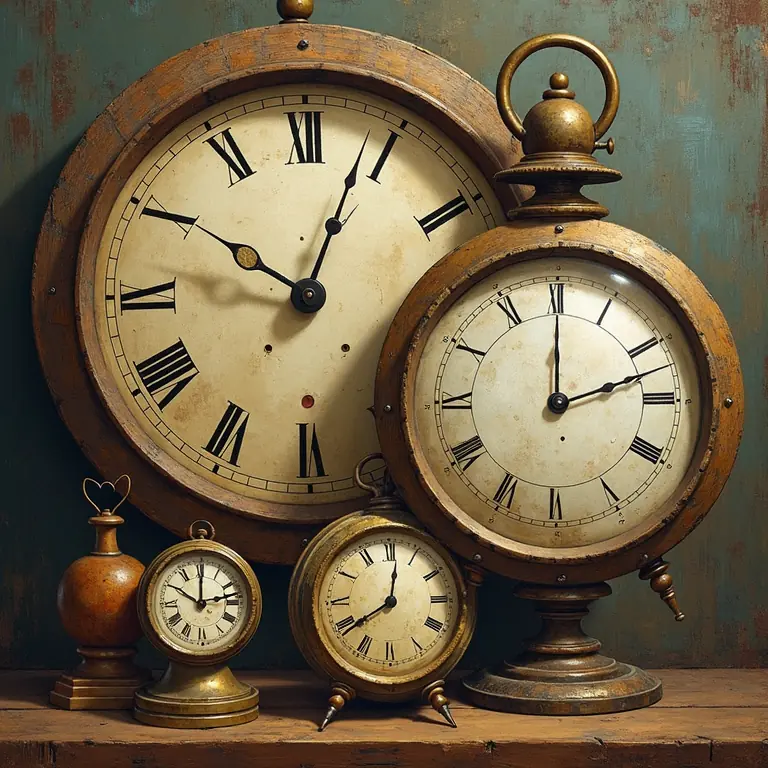
Today, global time is synchronized through a network of atomic clocks and communication systems, including the Global Positioning System (GPS). GPS satellites carry atomic clocks and transmit precise time signals that are used to synchronize clocks and devices worldwide.
The Interplay of Calendars and Clocks: A Continuing Dialogue
Throughout history, calendars and clocks have influenced each other. The accuracy of clocks has allowed for the refinement of calendars, and the need to reconcile calendar cycles with the precise measurement of time has driven advancements in clockmaking. The Gregorian calendar, adopted internationally in the 16th century, is a prime example of this interplay. It’s a solar calendar designed to correct inaccuracies in the Julian calendar, ensuring a more accurate alignment with the solar year. The Gregorian calendar incorporates a leap year system to account for the extra fraction of a day in the solar year.
The relationship isn’t merely technical; it’s also cultural. Our perception of time is shaped by both the broad rhythms of the calendar and the granular precision of the clock. The calendar provides a framework for organizing our lives around seasons, festivals, and historical events, while the clock dictates the pace of our daily routines. The way we structure our days, weeks, and years reflects a complex interplay of astronomical cycles, technological advancements, and societal norms.
The Curious Future of Timekeeping
The story of clocks and calendars is far from over. As our understanding of the universe and our technological capabilities continue to advance, so too will our methods of timekeeping. Scientists are exploring new approaches to time measurement, including optical atomic clocks that utilize the vibrations of atoms at even higher frequencies. These clocks promise even greater accuracy and could potentially redefine our fundamental unit of time, the second.
Furthermore, the concept of time itself is being challenged by modern physics. Einstein’s theory of relativity demonstrates that time is relative and can be affected by gravity and velocity. This has implications for our understanding of timekeeping in extreme environments, such as near black holes or at very high speeds.
The enduring quest for accurate and reliable timekeeping reflects a fundamental human desire to understand our place in the cosmos and to impose order on the ever-flowing stream of time. From the ancient observations of the heavens to the cutting-edge technologies of today, the kinship of clocks and calendars continues to shape our lives and our understanding of the universe.
Explore other fascinating histories of measurement and cultural practices:
- A History of Measurements’ Eccentricities – Delve into the world of obsolete units of measurement.
- The Curious Cartography of Scent – Discover the historical mapping of fragrance ingredients.
- The Unexpected Geometry of Antique Tea Services – Explore the design and social context of antique tea services.
- The Curious Resonance of Forgotten Instruments – Uncover the stories behind instruments lost to time.
- The Curious Lexicon of Lost Trades – Learn about the vocabulary of professions that have faded from memory.
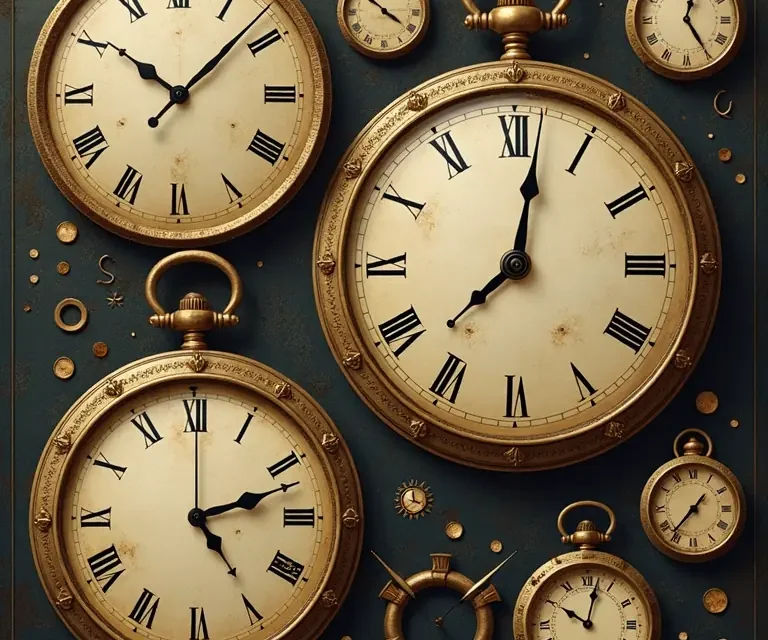

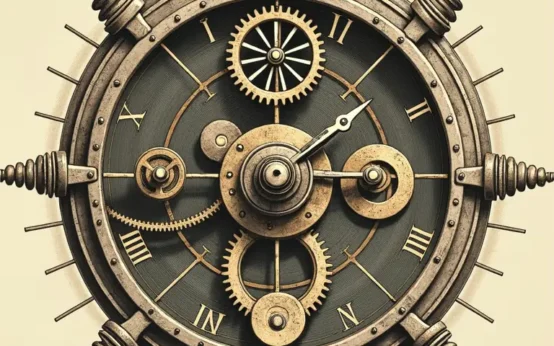 The Surprisingly Consistent Science of Clock Chimes: History, Harmony, and Horology
The Surprisingly Consistent Science of Clock Chimes: History, Harmony, and Horology 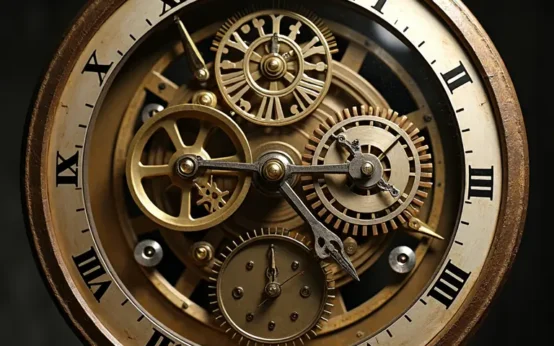 The Surprisingly Consistent Evolution of Clockmaking – From Water Clocks to Atomic Precision
The Surprisingly Consistent Evolution of Clockmaking – From Water Clocks to Atomic Precision